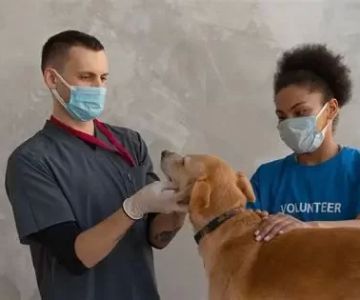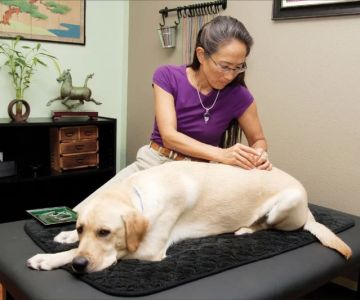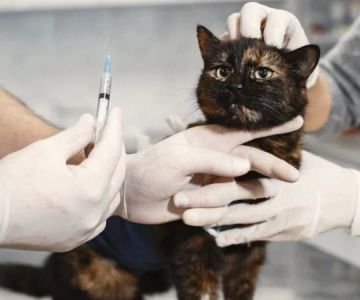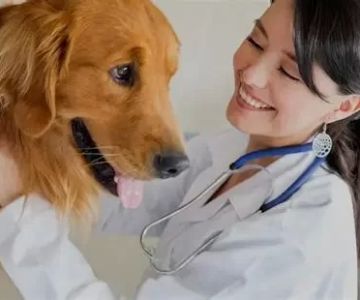Can a Veterinarian Remove a Mole? Everything You Need to Know
- 1. Understanding Mole Removal in Pets
- 2. Why Should a Veterinarian Remove a Mole?
- 3. What Does the Mole Removal Procedure Involve?
- 4. Post-Procedure Care and Recovery
- 5. Final Thoughts on Mole Removal
1. Understanding Mole Removal in Pets
Moles are common in pets, particularly dogs and cats, and can appear as small, raised growths on their skin. While some moles are harmless, others may need to be removed due to health concerns. A veterinarian is typically the best person to consult when considering mole removal for your pet. The procedure is relatively straightforward, but it's important to understand when and why it may be necessary.
2. Why Should a Veterinarian Remove a Mole?
There are several reasons why a mole might need to be removed by a veterinarian. Some moles may pose health risks, such as becoming cancerous or infected. Others may cause discomfort or interfere with your pet’s mobility. A veterinarian can perform a thorough examination to determine if the mole is benign or requires removal.
For example, a dog might develop a mole that begins to bleed or change color. This could signal a more serious problem, like melanoma. In such cases, a vet would recommend mole removal to prevent further complications.
3. What Does the Mole Removal Procedure Involve?
Mole removal is typically a simple surgical procedure performed under general anesthesia. The veterinarian will first evaluate the mole’s size, location, and characteristics to decide on the best approach. Once your pet is sedated, the mole is carefully excised, and the area is sutured.
The procedure usually takes less than an hour, and most pets recover quickly. It is important to note that if the mole is suspected to be malignant, further tests may be conducted to determine the type of cells present.
During the consultation, your veterinarian will explain the steps involved and answer any questions you have regarding the procedure. They will also discuss potential risks and complications, although the risks associated with mole removal are typically low.
4. Post-Procedure Care and Recovery
After mole removal, it’s crucial to follow the veterinarian’s instructions for post-procedure care. Most pets will need to rest for a few days to allow the surgical site to heal. You may be instructed to limit your pet’s activity to prevent them from scratching or irritating the wound.
Additionally, your veterinarian may recommend using an Elizabethan collar (also known as a “cone”) to prevent your pet from licking the area. It’s essential to monitor the site for any signs of infection, such as redness, swelling, or discharge.
Follow-up visits might be scheduled to ensure the wound is healing properly. In some cases, if the mole was sent for biopsy, you may need to discuss the results and any further treatment options.
5. Final Thoughts on Mole Removal
If your pet has developed a mole that is causing concern, whether due to changes in appearance or discomfort, consulting with a veterinarian is the best course of action. Veterinarians are highly trained in the removal of moles and can ensure the procedure is done safely and efficiently.
In some cases, mole removal is purely preventative, while in others, it’s a necessary step to protect your pet’s health. By trusting your veterinarian to perform the procedure, you can ensure your pet’s well-being and peace of mind.
Ready to learn more about mole removal for your pet? Contact a local veterinarian today to discuss the best options for your furry friend.









